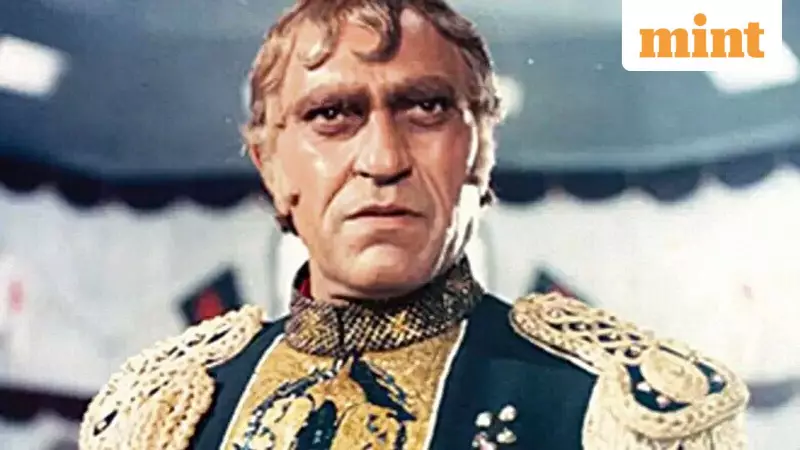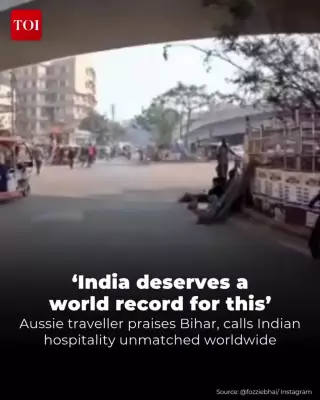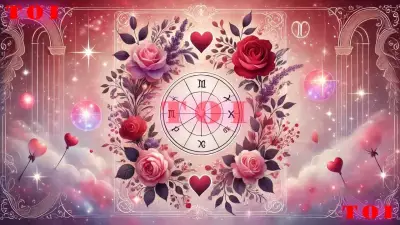
For fifty years, one man's invisible stitches have dressed India's most famous faces both on and off screen. Madhav Agasti, the 76-year-old self-taught tailor, has created iconic costumes for over 350 Hindi films while maintaining a practice that values craftsmanship over convenience.
From Nagpur to Bollywood: An Unlikely Journey
Agasti's journey began not in a fashion capital, but in Nagpur, Maharashtra, where he watched his father, a priest, make suits for a lawyer to earn extra money. He dropped out of his BCom program in the late 1960s with merely ₹500 in hand, leaving home at 19 to apprentice with tailors across multiple cities.
His eight-year pilgrimage took him to Lucknow for sherwanis, Moradabad for achkans, Aligarh for pyjamas, and Delhi where he learned sharply tailored suits from top tailor Sarpal. "I had to learn different languages of clothing," Agasti explains in his autobiography, Stitching Stardom: For Icons, On and Offscreen.
Creating Cinema's Most Memorable Characters
Agasti's breakthrough came after moving to Mumbai in 1973 and working with Super Tailors, a establishment frequented by film stars. His portfolio reads like a history of Bollywood classics: Mr. India, Ram Lakhan, Andaz Apna Apna, Chameli Ki Shadi, Himmatwala and Dilwale Dulhania Le Jayenge.
Perhaps his most legendary creation was Amrish Puri's Mogambo costume in Mr. India. "I was told to create this modern zamindar look with Indian-Western sensibilities," Agasti recalls. He designed a long military coat with gold detailing, inspired by British uniforms, adding frills to achieve that unique foreigner-yet-zamindar appearance.
While heroes required simpler, understated clothing, villains gave Agasti creative freedom. "Villains needed drama. I could give them velvets, leathers, brocades, floral prints—whatever their character demanded," he says. Designing for Amitabh Bachchan presented different challenges—creating simple yet striking outfits that became trendsetters.
Beyond Bollywood: Dressing Political Power
Agasti's clientele extended beyond cinema to include prominent politicians like the late Pranab Mukherjee, P.V. Narasimha Rao, Farooq Abdullah and Bal Thackeray. "Politicians are much more conscious of their image," he notes with a laugh.
He created Balasaheb Thackeray's iconic look with the shawl, using thicker polyester cotton fabric so his legs wouldn't show on camera. "He didn't want his skin to show when light falls on the clothes on camera," Agasti explains.
The Philosophy of Bespoke Tailoring
Even today, Agasti prefers hand-sewing buttonholes that take over an hour each, compared to machines that complete them in seconds. "The difference is that Agasti's stitches are nearly invisible," a testament to his attention to detail.
His philosophy on tailoring remains unwavering: "A readymade coat may fit your body, but it can't tell your story, your style. Mass production offers convenience, yes, but tailoring gives soul to what you're wearing."
After Amrish Puri's death in 2005, Agasti stopped designing for films but continues making suits for clients. His children may urge him to retire, but he insists: "Cutting fabric, making clothes gives me life."
His 150-page autobiography, priced at ₹499 and published by Penguin Random House India, serves as both a personal journey and a rare glimpse into the evolution of men's fashion in India over five decades.





